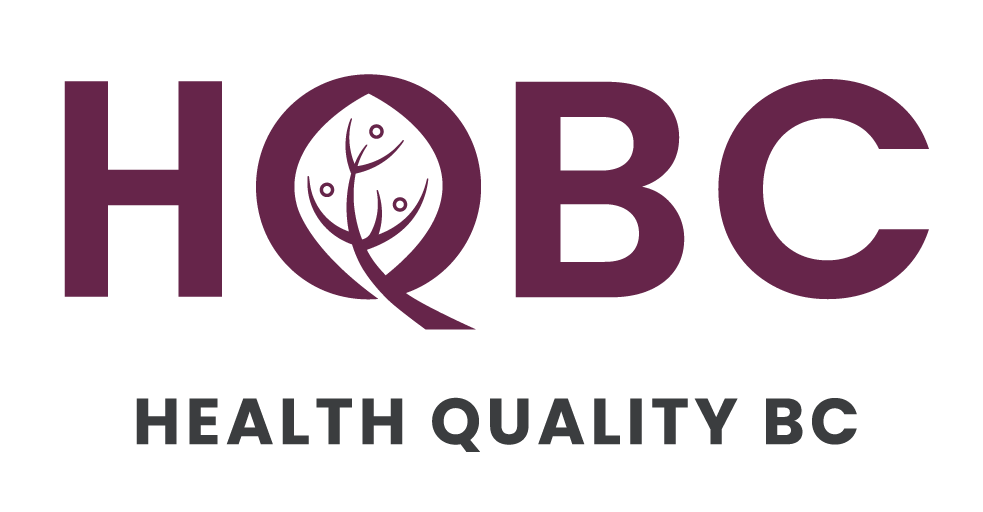This award was formally named “Staying Healthy”. Our Excellence in Quality category names changed in 2020 to reflect the updates to our BC Health Quality Matrix. Visit our Categories and Criteria page to find out more.
During a review of a patient safety event it became immediately apparent that, in order to prevent the same type of event from occurring again, the entire transition process needed to be mistake-proofed. A Failure Modes Effects Analysis was conducted with frontline staff and leaders from both organizations. Failure Modes that were identified included a lack of communication about patient needs, patients lacking pain management plans upon transfers, and nurses not bringing patients’ pain medication during the transfers.

Recommendations to address these failures were implemented in all BC Cancer Agency centres and Vancouver General Hospital in-patient units. In three years, these patient safety events were reduced from 40 over a 12-month period to just one, and across the BC Cancer Agency transitioning events were reduced from 217 to 68.
Many resources were created to improve the transition process. A standard Transfer Tool ensures that all centres use the same form in the correct manner to gain information in advance about in-patients transitioning to the Agency for out-patient treatment. A Communication Handover Form ensures patient information is consistently transferred back with the patient to the sending facility. The Patient Safety & Learning System for incident reporting has enabled the retrieval of patient safety event data from the Agency and sending hospitals on a regular basis. Quarterly audits have shown 95% compliance with the forms.
The program will be shared with the other health authorities to see if there is interest in adopting or adapting its processes. Leaders of the program will use its $2,500 sponsorship to create an online safety education course that can be used throughout the province.

